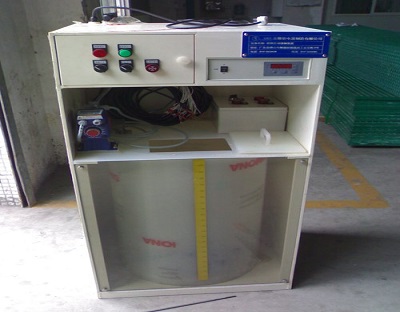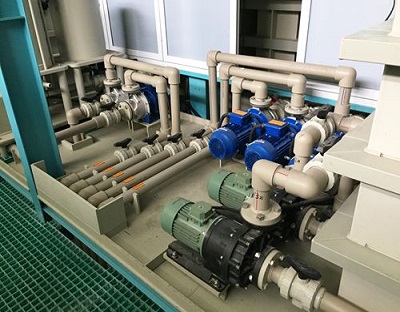1.Tank turning filtration
Tank turning filtration refers to filtering the solution from the original working tank to other clean tanks with a pump or manual scoop. After cleaning the working tank (for electroplating, clean the anode bag and anode at the same time), then filter (or directly) back to the original working tank, and then supplement and adjust the working solution.The filtering effect is good and the filtering is thorough.The tank must be turned over for filtration under the following conditions:
(1) When a large amount of solid precipitation is generated by the treatment of impurities in the plating solution;
(2) More sediment that is difficult to remove by continuous filtration and deposited at the bottom or dead corner of the tank;
(3) Chloride zinc plating removes iron, acid bright tin plating removes tetravalent tin compounds, Cu2 + impurities, etc. after siphoning out the upper clear solution, the mud foot is manually re filtered to reduce the loss of plating solution;
(4) When there are many surface deposits in working tanks such as plating tank and cleaning treatment is required.
2. Continuous circulation filtration
The efficiency of continuous circulation filtration is lower than that of tank turning filtration, but it will not cause shutdown.Continuous circulating filtration is to extract the solution from one end of the working tank near the bottom and return to the other end of the tank through filter.The purpose is to keep the working fluid clean.Because the filtered solution is mixed with some dirty solutions, the solid impurities can be gradually reduced, so the efficiency is lower than that of tank turning filtration.
The purpose of circulating filtration is mainly to keep clean, so the premise is that the solution itself is relatively clean, so circulating filtration should be implemented on the basis of tank turning filtration.If the solution itself is very dirty and there are many mud feet at the bottom of the tank, circulating filtration will turn over the mud feet instead, and the working fluid will be more dirty and even unable to produce.
If the actual flow of the filter is too small and the removal rate of solid impurities is less than the generation rate, the circulating filtration will lose its significance.
When air stirring is adopted for the plating solution, if there is mud foot at the bottom of the tank, it will be stirred up, and continuous circulating filtration must be adopted.
In the process of circulating filtration of the plating solution, if the metal impurities in the plating solution that are easy to be removed by small current electrolysis are removed by continuous electrolysis at the same time, it is the most advanced.At this time, the plating solution overflowing from the overflow port of the plating tank is first collected in a small tank, the plating solution is extracted from the small tank, enters the filter for filtration, and then returns to the other end of the plating tank.Another small rectifier and electrode plate are set on the small cell to continuously electrolytic treat impurities with small JK. When continuous dropping of brightener is adopted, it can be added to a small tank and naturally mixed evenly through a filter.During zincate galvanizing, insoluble iron anodes are hung in the plating bath, and 0# zinc is added as zinc dissolving bath in the small bath, which is better than mixing iron plate and zinc plate in the plating bath.In the copper nickel chromium plating process, the copper impurities easily introduced by continuous electrolysis for bright nickel solution are much better than those treated by chemical precipitation or adding impurity removal water when there are too many copper impurities.




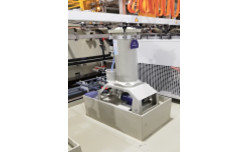
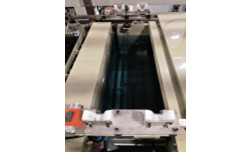
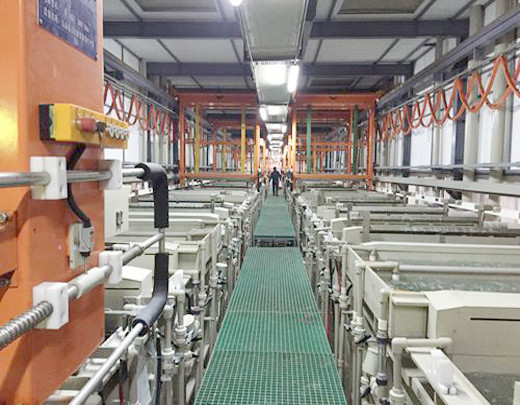
 Dec. 20, 2019
Dec. 20, 2019 